It’s a new year of living with COVID-19. I woke up excited and nervous on Friday, January 7th. Today was my first in-person, work group meeting of the year. The meeting was a “lunch and learn” of the minority deposit institution working group of the Los Angeles Chapter of Project REACh, an Office of the Comptroller of the Currency-sponsored event.
I’ve been working with the working group for about three months to set up an event designed to bring together financial institutions to share information about the Bank Secrecy Act and Anti-Money Laundering. We’d arranged for speakers on various subjects of BSA/AML, and one of the banks had graciously arranged to offer a conference room in downtown Los Angeles with a light lunch for those who wished to attend in person.
The meeting would touch on topics ranging from managing risk using third-party payment providers to emerging regulations updating laws first past just after 9/11. A section on managing banking relationships with cannabis industry-related companies proved to be an interesting discussion of the changing landscape of American culture and law.
I have been working with these people for well over a year now. I’ve gotten to know them over virtual meetings. But this would be the first time I would be meeting some of them in person. I was excited to finally be networking for business purposes again.
Tempering that anticipation, of course, the physical reality of the moment is that I would be coming into contact with an entirely new set of strangers. There is no escaping the truth that each new contact in this era exponentially expands the avenues of exposure that one might encounter in the minefield of avoiding COVID-19.
That’s the risk management question every human on this planet faces individually. No guidelines or mandates by any health department or government substitutes for individual diligence.
Over the past two years, it’s not like I have not interacted with people physically. I have attended many gatherings with friends that I knew in situations that I was familiar with the surroundings for. I managed those risks with good balance.
This meeting was back to the future for me. This was going back to business in a style that I’d been missing from my life since the beginning of 2020. It was like reentering the Matrix. The real question was how much it would feel “a little weird.”
Plugging Back In
As with all physical gatherings these days, entrance to the building was by preauthorized list only. The wearing of masks in the presence of strangers was a requirement. And everyone attending in person had to bring proof of vaccination.
With the rising infection rate of the Omicron variant of COVID-19, the question of whether to turn the event into an entirely virtual meeting came up just before the end of 2021.
In the end, around a dozen hardy souls attended the meeting in person, including myself. An additional thirty people from various banks elected to attend a Zoom meeting accompanying the event.
An Empty Shell of a World
What struck me first was the journey to the venue itself. The normally packed freeways of the Los Angeles basin and the roads of downtown LA were devoid of traffic. Even the GPS in my car told me not to bother using the toll lane. When I got off the freeway, what struck me most turning on to Flower St. was that there were no cars on the road. I remember that part of downtown LA in pre-COVID times as being jam-packed with cars and pedestrians on a Friday, as thick as a carpet of humanity. None of that was to be seen. Even the underground parking lot where one would normally have to hunt desperately for a parking space was almost completely empty, with just a few cars surrounded by a mass of empty concrete
Donning my required mask, I entered the building and proceeded to the security check-in desk, where a single sheet of visitor stickers awaited. One of them had my name on it. This may have very well been the only event going on in this huge commercial building that day.
The elevator took me to the floor where the conference room was, where I was greeted by friendly faces while directed to go to the registration table and present my proof of vaccination.
Only one customary handshake. The new normal is fist- and elbow-bumping while joking about the strangeness of doing so. What hasn’t changed, thank goodness, is that behind the masks, that eye contact that makes meeting another member of the human species in person unique, remains as electric as ever. You just don’t really capture the intensity of the connection that comes from looking a person in the eye via a camera meeting.
This is business networking in the year 2022.
Common Experiences
As I exchanged pre-meeting notes with other attendants, they too remarked about how easily they were able to travel, from where they started to the venue. This included people who, in pre-COVID-19 times, would have skipped this meeting in downtown LA because the traffic would have been so bad that it wasn’t worth making the trek. Today, everyone made it in record time.
A common thread quickly emerged among people. We were all amazed that we were meeting in person. Many, including myself, shared our stories of missing human contact over the last two years of almost continuous virtual meetings, seeing colleagues exclusively on computer screens.
We humans are creatures of social contact. Over time, we all get depressed, the more we are isolated. We begin to look inward. The walls that separate us close in.
It is those moments when we interact with another human in person that we feel the joy that comes from all our senses being engaged with another member of our species. It’s an endorphin rush meeting someone new for the first time. When it’s been a couple of years since it’s been a commonplace activity, each hello feels so much more intense.
You could feel the joy in the room among the people that were there. The looking in the eyes. The reacting in real-time to the tenor of voices. We reveled in the subtle movements of each other’s body language; the total feeling that can only be felt when all of one’s senses are engaged.
Everyone remarked at how much we missed this. Everyone remarked at how lucky we were to be able to have this day.
Lives on Hold
It’s been a long two years since the beginning of the pandemic. For many, these feelings of depression from the isolation of not being able to interact with people has been very difficult.
Exchanging notes with the people at the meeting and with other colleagues online in other discussions, the last couple of months had been quite subdued for many people.
Everyone now has a story of something where someone they know got COVID-19; or something they were planning to do got canceled because of COVID-19. The most common exchange at the meeting was how many people had to cancel Christmas because a family member contracted one or the other of the latest variants of the disease during the holiday season.
In the last two weeks, a couple of my business calls were with people who were at home in self-quarantine while recovering from COVID-19. This too is part of the new normal.
People are just tired of it. They don’t like the depression of isolation. It’s costing them portions of their souls that they do not wish to lose. They don’t want their lives to be kept on hold any longer. Like me, they are beginning to explore how to step out of their cocoons. It’s time to come out into the sunshine and live again.
But this is still a real disease, and it would be imprudent to not have a mental model about what your strategy is going to risk-manage your activities in this brave new world.
21st Century Tools
I have concluded there is no way to avoid contracting COVID-19. I believe there is a 100 percent chance that each one of us will be infected, not just once but several times, as this pandemic runs its course
The ability of the virus to infect new hosts has improved dramatically overtime. Fortunately for the human race, this rise in the ability to infect has also come with the virus tendency to be less lethal when it does infect someone. Hopefully, this pattern of becoming something more akin to a severe cold or flu will continue, and COVID-19 follows a normal path to burning out.
There is always a chance that a random mutation will result in it finding a new avenue of sickness that could make it more lethal again. Things that come to mind would be if it learns how to trigger acute auto-immune diseases; or alternatively, learns to trigger cancers.
However, the latest generation of biotechnology that are based on disease process analyses, that quickly identify avenues for tailored vaccines to intercept one more of the diseases action mechanisms, are vastly improved today.
mRNA vaccine development technology that uses artificial intelligence to quickly hunt through libraries of intercept permutations and synthesize those in vaccines that target the exact virus of the moment are one of the great breakthroughs in science of the 21st century. It’s man and machine working together.
These are vaccine innovations that can now happen in months as opposed to taking decades of research. They result in specific vaccines which have the possibility to mitigate the exact dangerous symptom that threatens to kill the infected patient. Computer models can also assess the safety for use in humans using data-based risk reduction, instead of lab animals and observations to the same degree that they used to be.
Still, the virus is resilient, and there is a vast reservoir of infected humans from which it can spring in new hosts, regardless of what constraining measures we humans try to contain it. The best we can do is keep up with discovering ways to reduce the worst effects of getting sick.
The joke when getting a booster shot with my pharmacist is that neither one of us believed that getting a COVID-19 vaccine will prevent you from contracting it. But it has a good chance of preventing the dire, life-threatening mechanism of the infection from taking hold in your body. You’ll still get sick. But it’ll be more like a flu that you’ll recover from than getting something like Ebola.
Looking more broadly, the gaming theory model that surrounds this cat and mouse game goes like this. How long will this mRNA enhanced by a finite library of vaccine mix and match techniques work? Is there a point where the virus, which has the entirety of earth DNA’s mutation ability to change, can overcome the arsenal of medical technology we presently possess? And then what?
I don’t know that depth of the reserve of this technology base. Nor am I familiar with where its brittle fracture risks are that could lead to a systemic cascading failure of this vital mode of the human race’s survival. Personally, as someone very much interested in my continued survival, I am curious to learn more about what the balance of advantage is between man and bug.
Living with COVID Risk
But living with my need to feel like a human is where I can engage in some prudent personal risk management. I do recognize the individual has a responsibility to decide on what works for them; and that I have no right to decide on or impose my own choices on anyone else. When it comes to how to live with the future of the pandemic, we are each on a lonely path to find what works for our souls, one human at a time.
For me, I take vaccines because I want to mitigate the risk of being vulnerable to whatever lethal disease mechanisms that the artificial intelligence algorithms that mRNA technology can design. I also accept the fact that, regardless of what I do, I will encounter COVID-19 and I will occasionally contract the illness. It just is.
That won’t stop me from pursuing a life where I seek out and enjoy the company of fellow humans. I know I need contact with people for my mental well-being. Indeed, I know my need to be in the presence of others, including meeting new people, is vital to my life. So, I will adapt to circumstances, and the many oddball rules that go along with turning strangers into new friends that is part of this strange new normal. I’ll see beyond these hurdles because that connection in a person’s eyes and the subtle dance of their body language is worth the risk.
I want to be human that much. That’s what struck me most about this week’s meeting. That’s the great American challenge of 2022. We need to overcome the condition that there’s been far too much of people telling others what to do; and far too little helping people learn about the things they need to know to decide for themselves.
I feel a little bit like Shakespeare writing sonnets, with my friends trying to find the upbeat note in all of this. Sonnets are poems from the era of the great plagues, when Shakespeare encouraged his patrons to not give up on living despite the clouds of doom that hung over life in those times. When I read them, I wondered how that felt to be in a world so depressed.
Now, we all know that those dark clouds felt like. So, here’s my sonnet for the beginning of 2022.
Fear not the clouds. They rain on us all.
The truest loss is to lose our humanity.
Resorting to tears is what takes that away.
Seek the smiles in the darkness.
Feel the humanity that still surrounds us.
It hides only if we cloud our eyes.
Happy New Year!
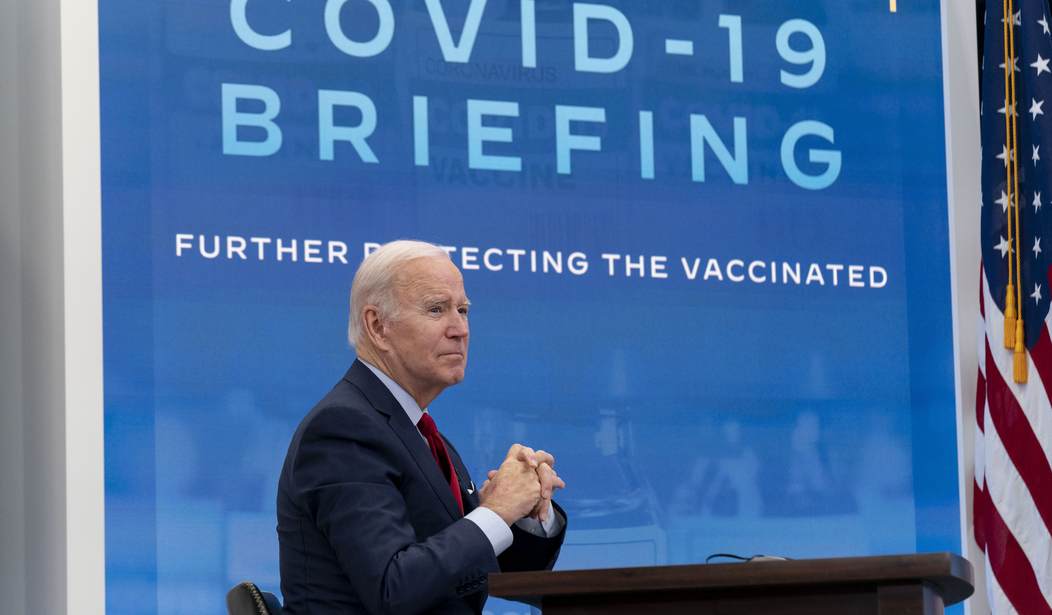


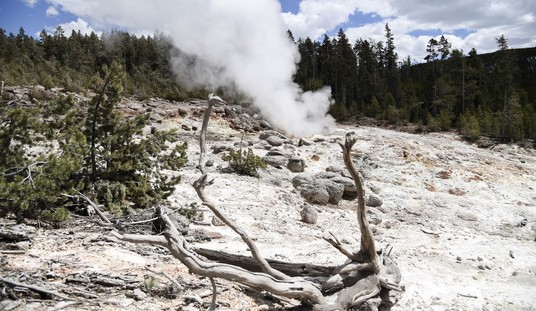

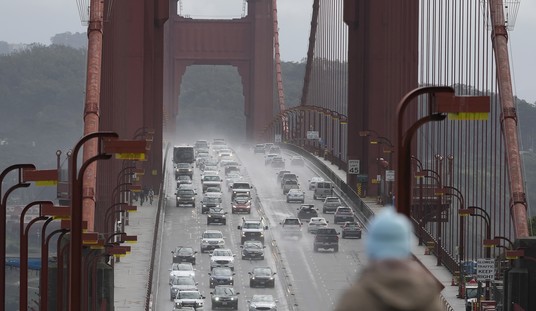

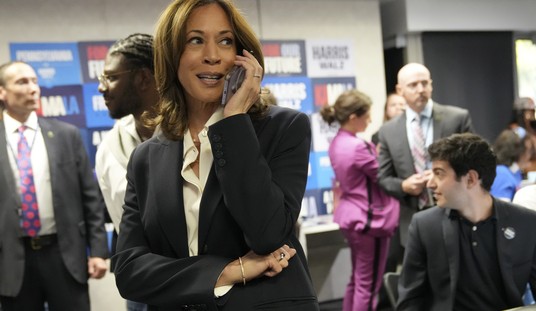
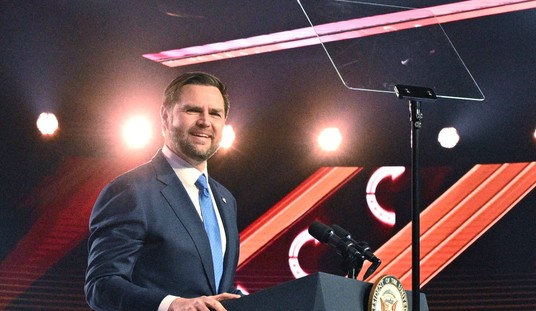
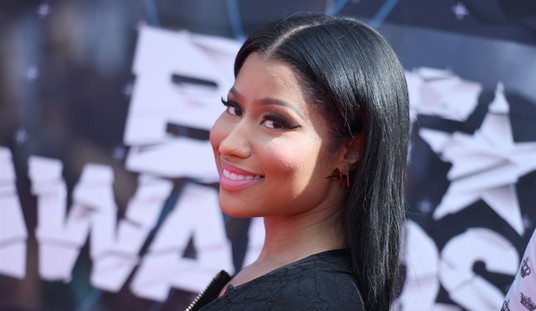

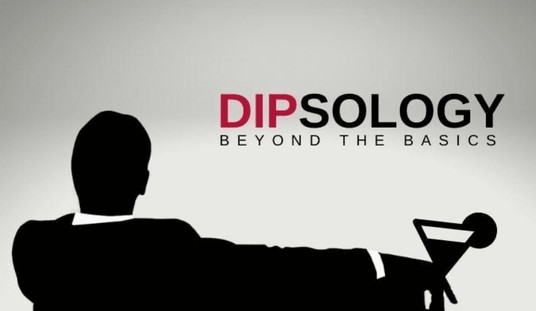
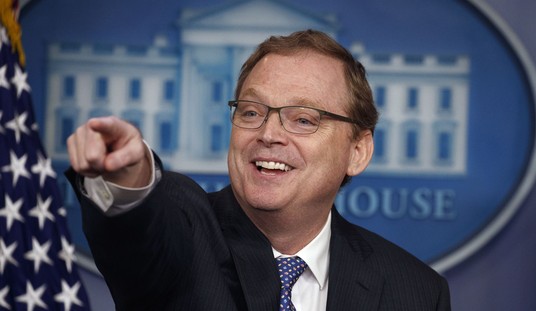
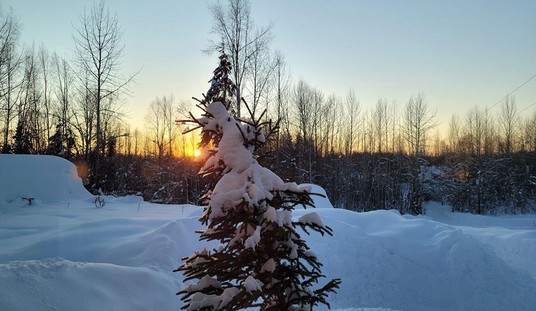
Join the conversation as a VIP Member